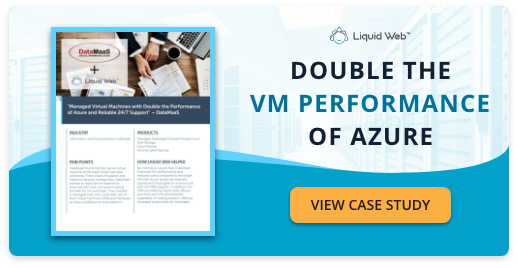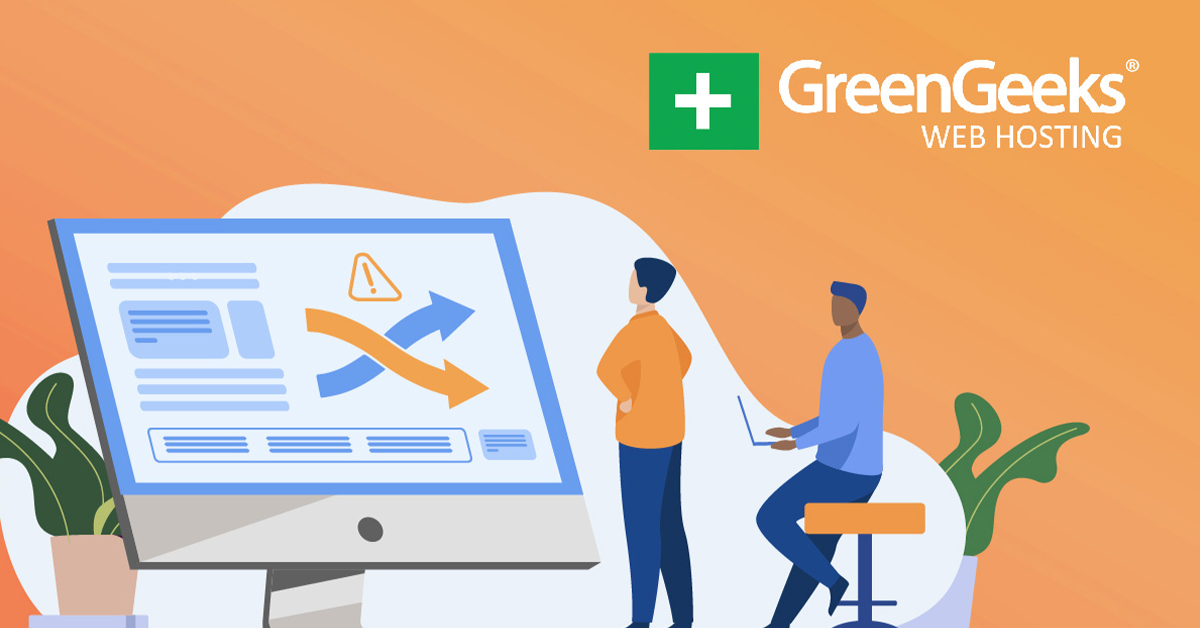
When a company outgrows its IT infrastructure, there can be negative consequences for both the company and its employees. Outgrowing your IT infrastructure can mean missed opportunities and decreased efficiency. Your employees can experience longer wait times for applications and data, lower productivity, and even lost jobs if the company goes out of business.
When this happens, it usually means the company has outgrown either the capabilities of its current systems or the capacity of its systems to handle its current workload. In either case, the company may need to take steps to address the issue.
Upgrading infrastructure is not to be taken lightly. Even a modest addition of resources addressing performance or storage issues can be disruptive. In addition, infrastructure changes can be costly and time-consuming. As a result, it is imperative that business operators approach the decision to upgrade infrastructure with diligence and care. And that starts with knowing when an infrastructure upgrade is truly the right decision for your organization.
Here are five signs that a company may be outgrowing its IT infrastructure:
Your company is expanding, and you need more storage space
If you are outgrowing your IT infrastructure, one sign may be that you need more storage space. As your company grows, you will likely need more room to store all of your data.
There are a number of reasons why companies need to store data. Some common reasons include:
- To track and analyze customer behavior.
- To understand market trends.
- To make better business decisions.
- To improve product offerings.
- To improve customer service.
As time passes, your organization will accumulate more and more of this data. Savvy companies leverage data, business intelligence, and analytics to find competitive advantages. Even if your data strategy is still developing, the natural expansion of data held by your infrastructure is growing in volume.
The downstream impact of all this data is not just about storage. In some cases, massive amounts of data in storage can impact performance and access to applications. If there is no space or memory for an application to run, your entire technology stack can grind to a halt.
You’re experiencing performance issues with your current system
Another sign that you may be outgrowing your current IT infrastructure is if you are starting to experience performance issues. As your company grows, the demands on your system will increase.
Without the right infrastructure, applications can begin to degrade in performance across the network. This degradation may seem small at first, but when considered in total, even a few seconds lost here and there can add up to significant time lost for both employees and customers.
This lost efficiency can have disastrous effects on the company as a whole. Customer affinity declines. Employee satisfaction declines. The bottom line is negatively impacted. Performance issues across the network are a sign that your infrastructure requires attention – and fast.
You’ve outgrown your current software applications
If you are using software applications that can no longer meet your business’s needs, it may be time to upgrade your IT infrastructure. As your company grows, you will likely need more features and functionality from your software applications.
One of the main problems with using legacy applications is that they can be very resource-intensive. They may require more CPU power, memory, and storage space than the current infrastructure can support.
In addition, legacy applications may not be able to interface with the new infrastructure, which can create compatibility issues.
This can lead to several problems, including:
- Slower application performance.
- Difficulty upgrading to new versions of the software.
- Inability to take advantage of new features or functionality.
- Increased costs due to the need for additional hardware and software licenses.
All of these issues can hurt the company’s bottom line. They can also lead to decreased efficiency and decreased productivity. New infrastructure can open the possibility for new applications just as it can extend the life of legacy applications you are already using.
You don’t have the staff or expertise to manage your IT infrastructure
If you don’t have the staff or expertise to manage your IT infrastructure, it may be time to upgrade to a new system. As your company grows, the demands on your IT infrastructure will increase.
One of the worst returns on investment when it comes to technology is allocating too many resources to keep outdated and inefficient infrastructure operational. By upgrading your infrastructure, you can ensure that IT operations team members are focused on growth and transformation and not on squeezing a few more months of life out of a network that does not support your business priorities. Furthermore, newer infrastructure that fits your business needs will require fewer – not more – staff members to manage and maintain.
You’re not sure if you’re getting the most value for your money
If you’re not sure you’re getting the most value for your money, it may be time to upgrade your IT infrastructure. As your company grows, the demands on your system will increase.
The goal of any business is to ensure that all technology investments deliver a positive return on investment (ROI).
Oftentimes, however, businesses find that they are not getting the most value for their money when it comes to their IT infrastructure. This can be due to one or more factors, including:
- Lack of features and functionality.
- Inefficient use of resources.
- Poor performance.
- High costs.
By upgrading your infrastructure, you can ensure that your technology investments are aligned with your business goals and priorities. In addition, new infrastructure can often provide a number of benefits, including:
- Increased productivity.
- Improved performance.
- Lower costs.
- Greater flexibility and scalability.

Understanding what to do next
If you are starting to experience any of the signs listed above, it may be time to upgrade your IT infrastructure. However, before making any decisions, it is vital to understand the options available to you.
Build More Infrastructure
In some cases, the right decision is to address your infrastructure needs with internal resources. Your team will likely understand your business needs and current environment and can move quickly to make changes. If you do choose to build more infrastructure or update your infrastructure on your own, here are a few tips.
1. Assess your needs. The first step is to assess your needs and identify which areas of your infrastructure need improvement. This may include evaluating the performance of your systems, assessing your bandwidth requirements, and determining the storage capacity you need.
2. Research your options. Once you have a better understanding of your needs, research the different types of IT infrastructure that are available. This may include reviewing vendors, reading product reviews, and comparing pricing.
3. Choose the right solution. After you have done your research, choose the right solution for your business. This may include selecting new server hardware, upgrading to a new operating system, or migrating to the cloud.
4. Get help from experts. Once you decide which infrastructure upgrade is best for your business, don’t try to do it all on your own. Instead, enlist the help of experts who can help you implement and manage your new IT infrastructure. Our team at Liquid Web has assisted thousands of companies with designing, deploying, and managing the right infrastructure solutions for their business needs.
5. Test and measure results. After you have upgraded your IT infrastructure, it is critical to test it out and measure the results. This may include monitoring system performance, testing application response times, and checking for any security vulnerabilities. Doing this ensures that your new IT infrastructure is working as intended and delivering the desired results.
Partner with a Managed Infrastructure Provide
The other option for addressing your infrastructure needs is to partner with a third-party managed infrastructure provider like Liquid Web.
If you are not comfortable or do not have the time to build or manage your own IT infrastructure, partnering with a third-party managed infrastructure provider may be the right solution for you.
Liquid Web is one of the leading providers of managed infrastructure services, and we have been assisting businesses with their IT needs for over 20 years. We have the experience and expertise to help you select and implement the right infrastructure solution for your business.
We offer a variety of services that can meet your needs, including:
- Cloud Hosting: Our cloud hosting solutions are designed to provide flexibility and scalability for your business. We offer a range of cloud hosting options, including public, private, and hybrid clouds.
- Dedicated Servers: A dedicated server gives you complete control over your environment and is ideal for businesses that require high levels of performance, security, and oversight.
- Managed Services: Our team of experts can manage your entire hosted IT infrastructure for you, allowing you to focus on your core business objectives.
If you are looking to upgrade your IT infrastructure but don’t know where to start, contact our team of experts at Liquid Web today. We can help you assess your needs, research options, and choose the right solution for your business. We can also assist with implementation and management so that you can focus on running your business. Contact us today to get started.
[ad_2]
Source link







